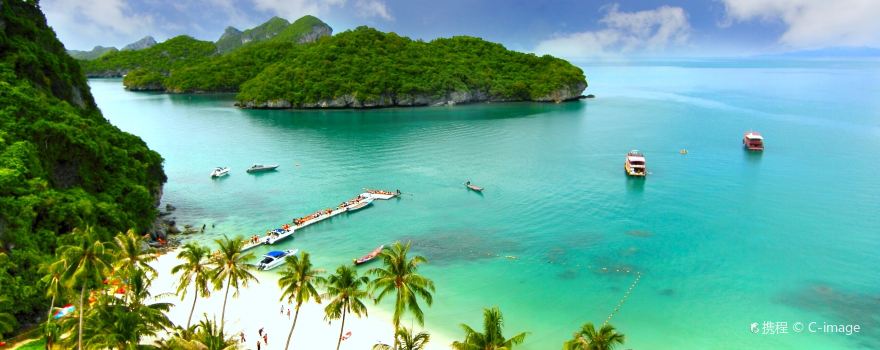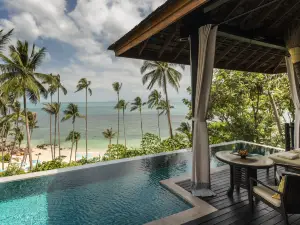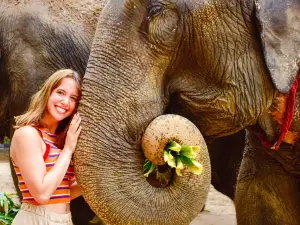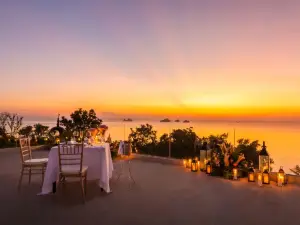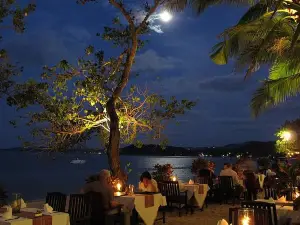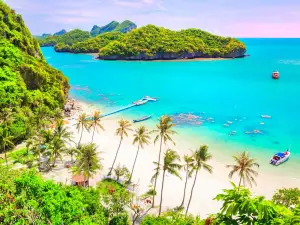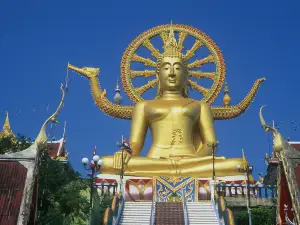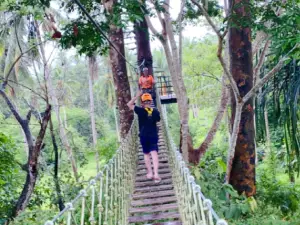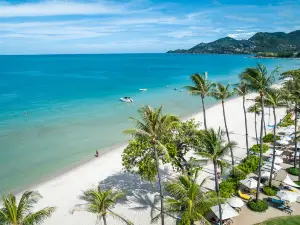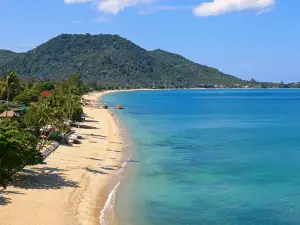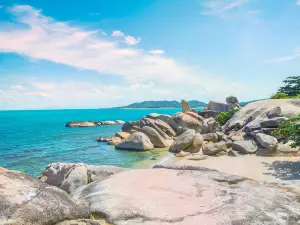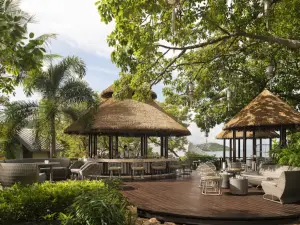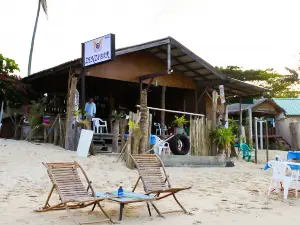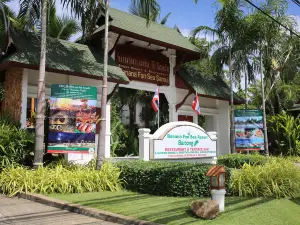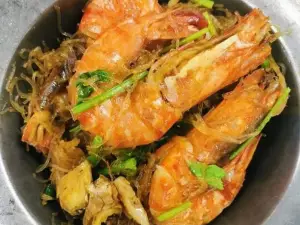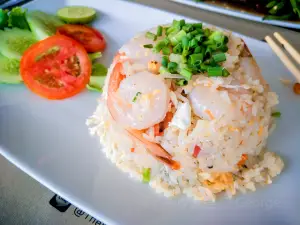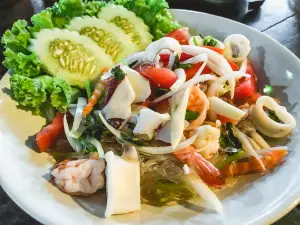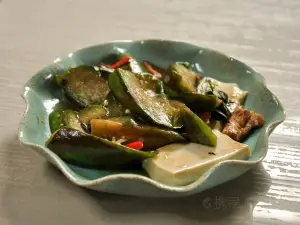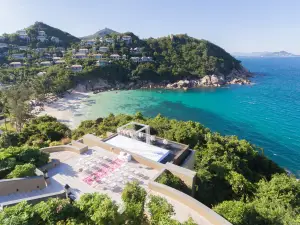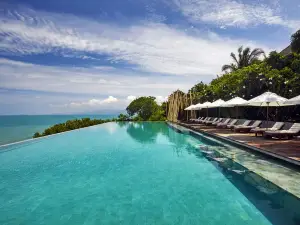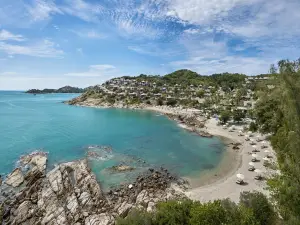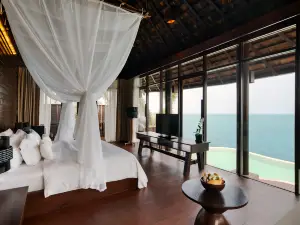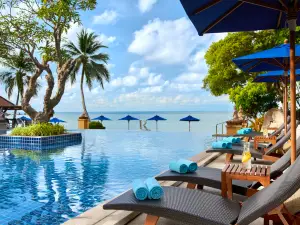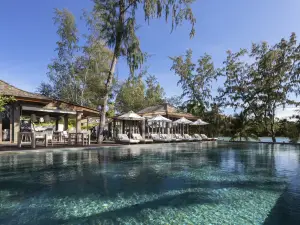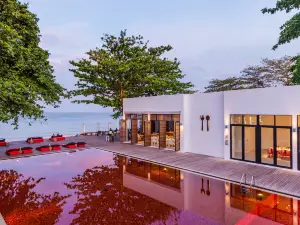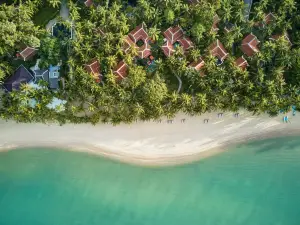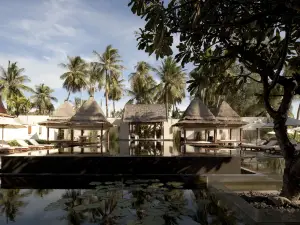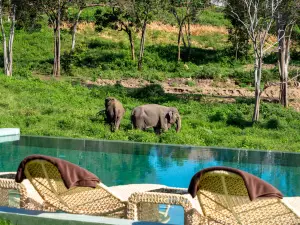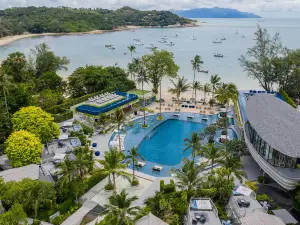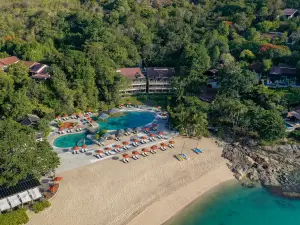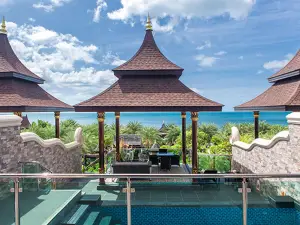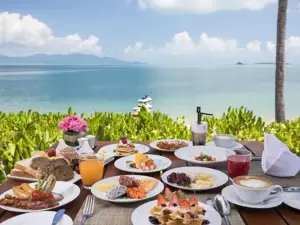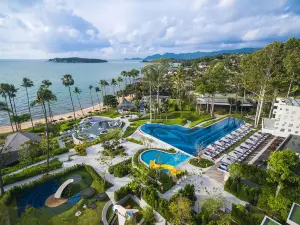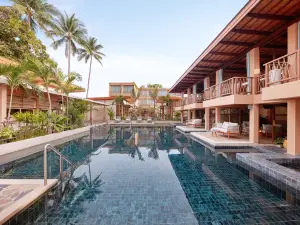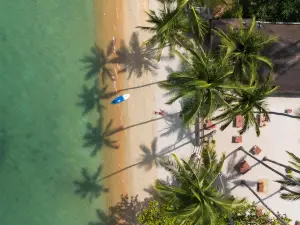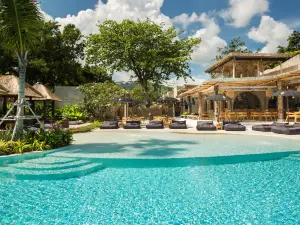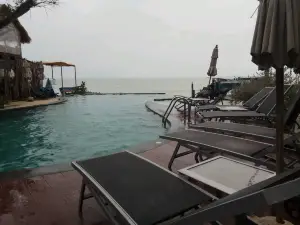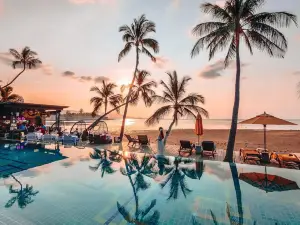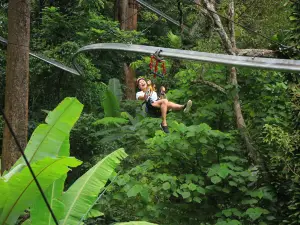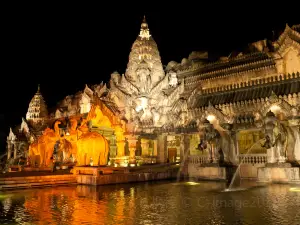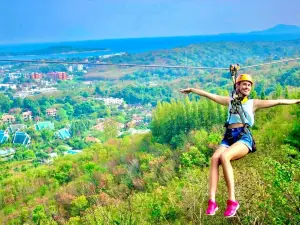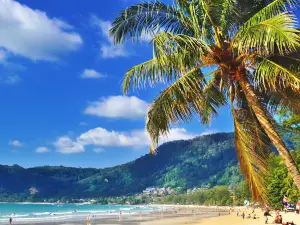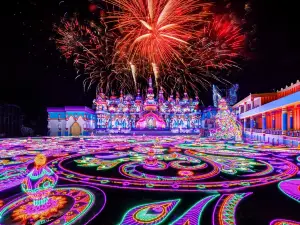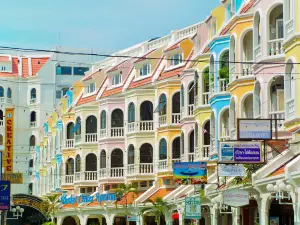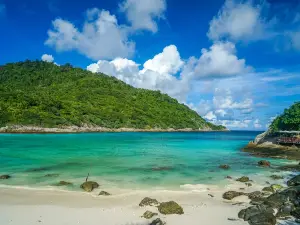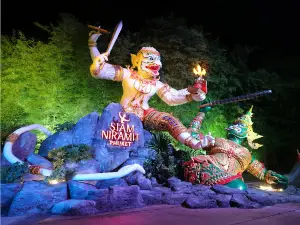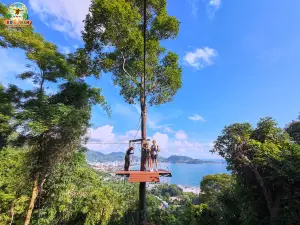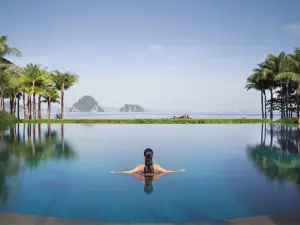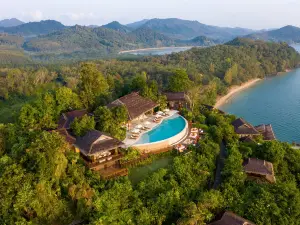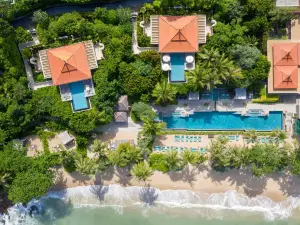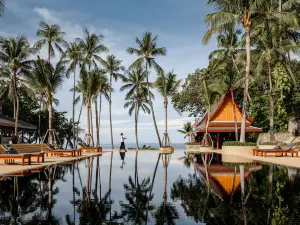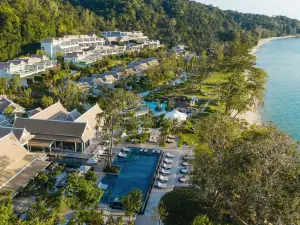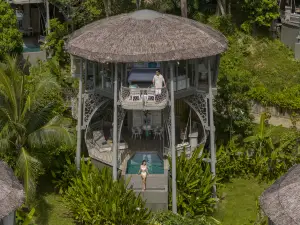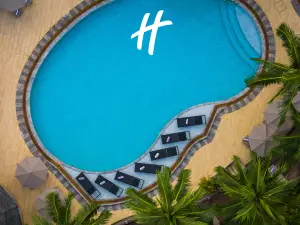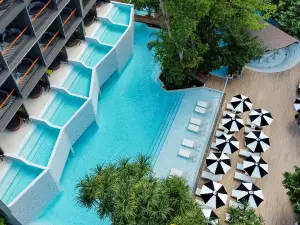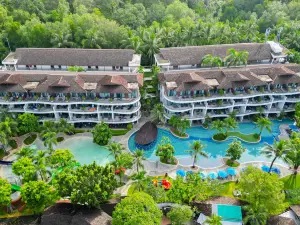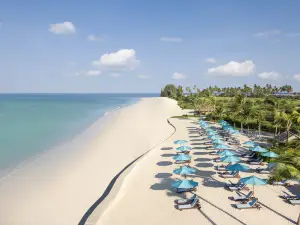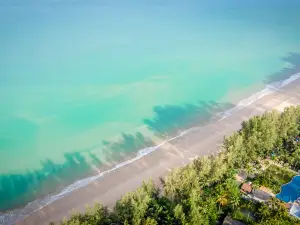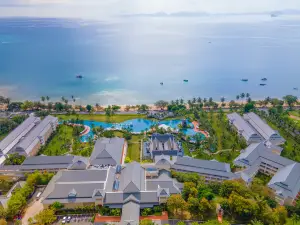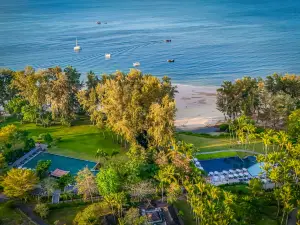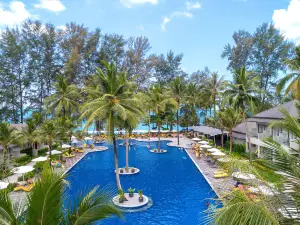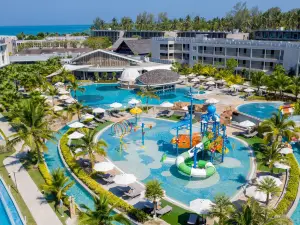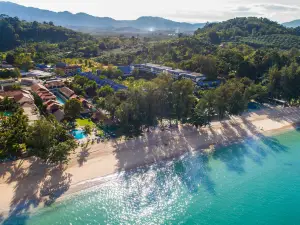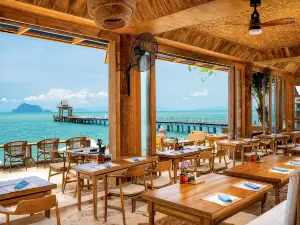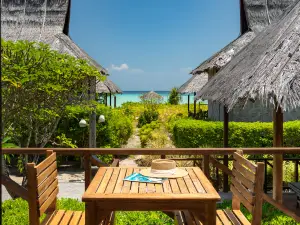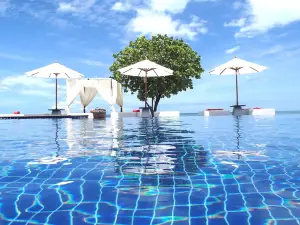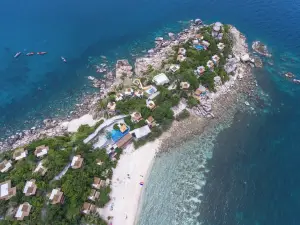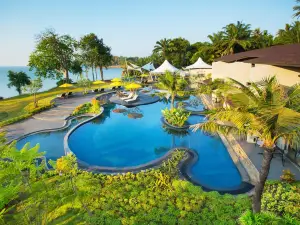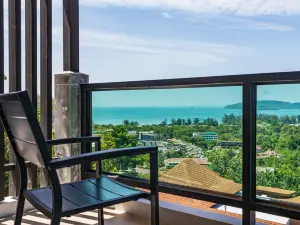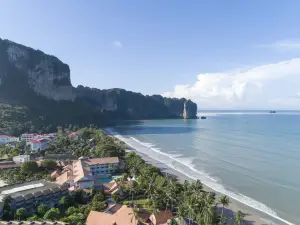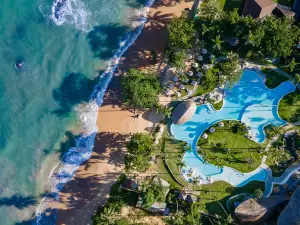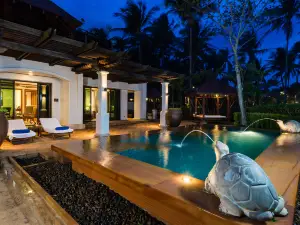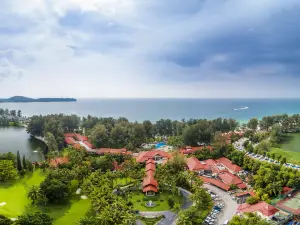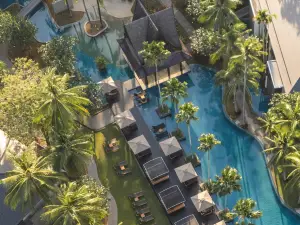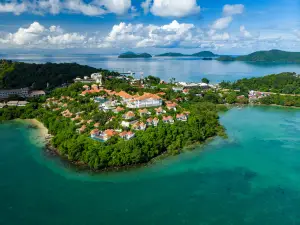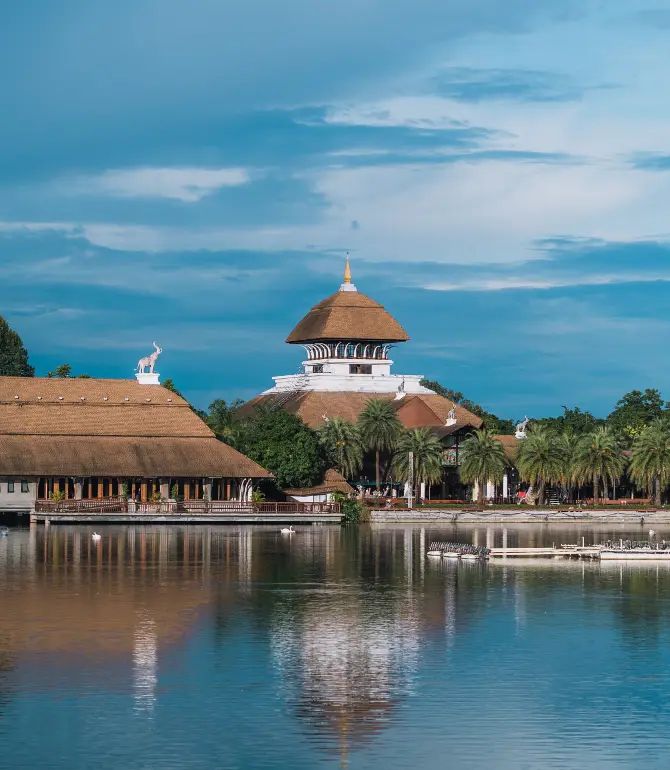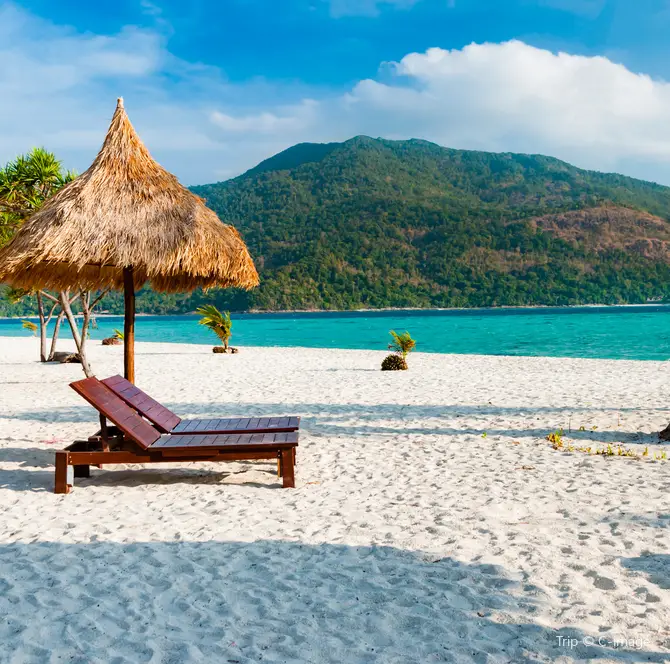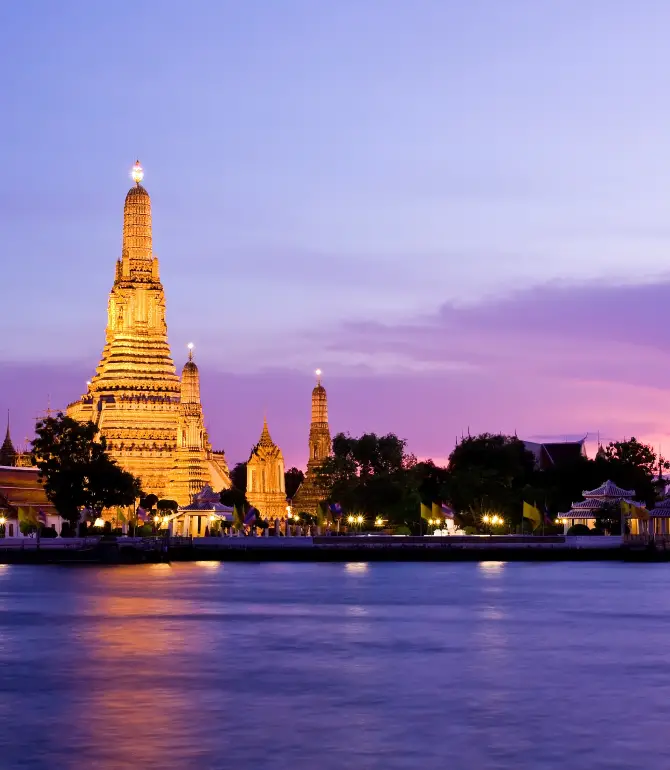Things to do in Koh Samui (2025): Top nearby activities,popular attractions,itinerary planning,weather,accommodation,food,transportation,and more - all you need to know (updated October 2025) | Trip.com
About Koh Samui
Recommended trip: 3–5 day(s)
Recommended trip: 3–5 day(s)Current weather conditions
Koh Samui Local Experiences Map

Trending in Koh Samui
Koh Samui Local Travel Guide 2025
Koh Samui Brief Guide
Koh Samui, Thailand’s second-largest island in the Gulf of Thailand, is a tropical paradise renowned for its palm-fringed beaches like Chaweng and Lamai, lush rainforests, cascading waterfalls such as Na Muang, and vibrant nightlife in areas like Fisherman’s Village. As a popular resort destination, it offers luxury spas, fresh seafood cuisine, and excursions to nearby Ang Thong Marine National Park or Koh Phangan. Plan your perfect Koh Samui adventure with our guide.
Koh Samui Must-try local experiences
1. Connect with Sacred Beauty Koh Samui’s spiritual side shines at the Big Buddha Temple, home to one of the largest seated Buddha statues in southern Thailand, and the serene Guan Yu Shrine. These sacred spots offer quiet moments, stunning views, and a glimpse into the island’s spiritual heart. 2. Explore Ang Thong Marine Park Just a short boat ride from Koh Samui lies Ang Thong Marine Park, a paradise of 40 islands where emerald lagoons, hidden beaches, and dramatic limestone cliffs create a scene straight out of a dream. Paddle through crystal-clear waters in a kayak, hike to viewpoints that steal your breath, or snorkel among reefs teeming with life. Don’t skip Koh Wua Ta Lap, where white sands meet jaw-dropping vistas, or Koh Mae Koh, with its magical emerald lagoon cradled by towering green cliffs. This is nature’s playground at its finest. 3. Unwind on Samui’s Beaches Chaweng Beach buzzes with energy and offers the longest stretch of sand on the island, while Lamai Beach provides a quieter escape with its iconic Grandfather and Grandmother Rocks. For ultimate tranquility, head to Lipa Noi, where soft sands and calm waters create a peaceful retreat. 4. Chase Waterfalls Discover Samui’s lush jungles and cascading waterfalls. Na Muang 1 is easily accessible with a large pool for swimming, while Na Muang 2 rewards adventurers with a steep climb and stunning views. For a hidden gem, visit Hin Lad Waterfall, where a trek through green trails leads to a serene natural pool. 5. Feel the Thrill of Muay Thai Witness Thailand's national sport come alive at Samui International Muaythai Boxing Stadium—where fists fly, crowds roar, and centuries of tradition meet heart-pounding action. Want more than just spectating? Lamai Muay Thai Camp, officially sanctioned by the World Muaythai Council (WMC), and local Thai boxing gyms offer training for all levels. Learn authentic techniques, push your limits, and gain true respect for the fighters' skill and discipline. 6. Cook Like a Local Join a Thai cooking class and learn to whip up classics like Tom Yum or Pad Thai using fresh, local ingredients. Bonus: you get to eat your delicious creations afterward. 7. Shop at Local Markets Koh Samui’s night markets are a sensory delight, and Bophut’s Fisherman’s Village Walking Street is the star of the show. What was once a quiet fishing village is now a charming blend of rustic wooden shophouses transformed into stylish boutiques, street food gems, and quirky shops. Stroll under the string lights, snack on local bites, and hunt for unique souvenirs—it’s shopping with a side of seaside charm. 8. Awaken Your Inner Artist Unearth the Secret Buddha Garden, a hidden jungle retreat where mystical statues, moss-covered sculptures, and weathered rocks create an enchanting, otherworldly charm. Or explore Samui’s art scene at gems like Samui Art Center and House of Lucie, where local creativity comes alive through captivating photography and exhibitions. 9. Ride and Explore Hop on a motorbike and zip around the island. Discover hidden beaches, local temples, and scenic viewpoints at your own pace. Just remember to wear a helmet and drive safely!
Koh Samui Must-see Attractions
Koh Samui is Thailand's third-largest island, offering a rich blend of beautiful beaches, historical landmarks, and a variety of activities, from vibrant nightlife at Chaweng Beach to the serene natural beauty of Mu Ko Ang Thong National Marine Park and the cultural significance of Wat Phra Yai's Big Buddha.
Koh Samui Food Guide
Koh Samui's cuisine is celebrated for its fresh seafood seasoned with Thai flavors, reflecting the island's rich culinary heritage and the balance of sweet, sour, and spicy tastes.
Koh Samui Transportation
Koh Samui is accessible primarily by air to its own airport or via mainland flights combined with ferries, with buses and trains connecting to ferry ports from other Thai cities. By Air: Koh Samui International Airport (USM), located 2 km (1.2 miles) North of Chaweng Beach, handles both domestic and some international flights, primarily operated by Bangkok Airways but also served by Thai Airways, Scoot, and other airlines. To City Center - Shuttles: Exit the arrivals area and proceed to the shuttle counters located inside the terminal. Shared minivans or hotel shuttles run 24/7 to beaches/hotels (15-30 min, ฿150-300 per person). Book at counters, online, or through your hotel for reliability. - Taxis: To get a taxi upon arrival, exit the terminal and proceed to the official taxi counter located inside. Avoid the touts outside. Prepaid metered taxis are available to Chaweng (approximately 10 minutes, ฿300-500) or Lamai (approximately 20 minutes, ฿400-600) and operate 24/7. At the counter, you can pay with cash or card to receive a voucher, which you should then hand to the driver. Please be aware that surcharges apply for night travel (after 10 PM) and for luggage. If you haven't prepaid, request that the driver use the meter. Grab operates, but pickups are at a designated parking area (P1 or P2, a 5-10 minute walk from arrivals; follow signs or the app map). Surat Thani Airport (URT), 100 km away on the mainland, then take a bus and ferry (total 4-6 hours). - Bus + Ferry: Exit arrivals and head to the bus/ferry counters or book combo tickets online. Buses (Phantip or Raja Ferry) to Donsak pier (1-1.5 hours), then high-speed ferry (Lomprayah or Seatran, 1.5-2 hours) to Nathon pier on Samui. From Nathon, take a songthaew or taxi to the beaches (30-45 min, ฿100-300). Budget-friendly but tiring with transfers; ideal for light packers. By Train: There is no direct rail service to the island. Take an overnight train from Bangkok to Surat Thani station (12 hours via the State Railway of Thailand). Then, take a bus (1 hour) to Donsak pier, and finally, a ferry (1.5 hours) to Nathon. From Nathon, songthaew or taxi to the beaches. By Bus: Overnight buses from Bangkok to Surat Thani (10-12 hours via Sombat Tour or Krungsiam), then bus + ferry as above.
Koh Samui Where to Stay
Koh Samui is a tropical paradise in Thailand, known for its stunning beaches and diverse accommodation options. The island's lodging is spread across various regions, each offering unique experiences to travelers.
Koh Samui Best Time to Visit
The best time to visit Koh Samui is during peak tourist season (January to April). This is when Samui shines brightest. The monsoon rains have passed, leaving clear skies and perfect weather for swimming, sunbathing, and outdoor adventures. It’s the island’s busiest time, so expect lively beaches and a buzzing atmosphere.
Koh Samui Travel Tips
1. Beware of Jellyfish: Keep an eye out for jellyfish, especially during the rainy season. Some beaches have protective nets, but if stung, rinse the area with vinegar and seek medical help immediately. Wear protective swimwear, avoid swimming after rain or at night, and always heed warning signs. 2. Watch for Falling Coconuts: Koh Samui is famous for its coconut groves, but relaxing under a coconut tree comes with risks. Choose your sunbathing spot wisely and avoid lingering under coconut palms for too long. 3. Temple Etiquette: When visiting temples, revered as sacred places by Thai Buddhists, it's important to show respect by dressing modestly. Wear clothing that covers your shoulders and knees, keep noise to a minimum, and follow any posted signs, such as those requesting no photography or asking visitors to remove shoes. Women should maintain a respectful distance from monks. 4. Food Hygiene: Street food is generally safe, but stick to busy stalls where food is cooked fresh to order. Avoid raw or undercooked dishes, and opt for bottled water. If in doubt, observe how the food is prepared. 5. Motorcycle Rental Scams: When renting a motorbike, inspect it thoroughly for pre-existing damage to avoid being charged later. Avoid handing over your passport as collateral, use your own lock, and be cautious of rental shops staging thefts to claim compensation. 6. Monsoon Season Prep: Koh Samui’s monsoon season lasts from October to January. Be ready for heavy downpours and potential ferry cancellations due to rough seas. 7. Road Safety Tips: Remember that Thailand drives on the left side of the road with the steering wheel on the right. If you rent a motorbike, always wear a helmet and drive cautiously. Ensure you have an international driving license and comprehensive insurance. Avoid speeding, stay out of blind spots, and be mindful of other road users. 8. Bug Spray Essentials: Pack insect repellent to ward off mosquitoes, especially in the evenings or in natural areas. It’s a simple way to avoid bites and reduce the risk of mosquito-borne illnesses. 9. Alcohol Regulations: Alcohol sales are restricted to specific hours and prohibited in religious sites, government offices, and public health facilities. The legal drinking age in Thailand is 20 years old. Additionally, alcohol sales are banned on important Buddhist holidays Makha Bucha Day and Visakha Bucha Day. 10. Complete Thailand’s Digital Arrival Card Before Entry: Starting May 1, 2025, all foreign nationals entering Thailand by air, land, or sea must complete the Thailand Digital Arrival Card (TDAC) electronically at least three days before arrival. The TDAC is required for all foreign passport holders, except those transiting without immigration clearance or entering with a Border Pass. Register at the Thailand Immigration Bureau’s official website.
Koh Samui Useful Guide
Thai is the primary language. English is widely spoken in tourist areas, hotels, restaurants, shops, and transport hubs due to Koh Samui's heavy reliance on tourism. It's easy to navigate using English alone, with most signs and menus bilingual. This is less common in rural villages or among older locals, but friendly gestures and apps can help.
Trip.Best: Koh Samui
Things to do in Koh Samui
What to do
Where to stay
What to eat
Samui Health Shop by Lamphu(Main Branch)
Koh Samui Moments: Through Travelers' Eyes

Hidden Garden Airport on Koh Samui! Affordable massages and free snacks

Luxurious Pool Villa on Koh Samui

Newly opened accommodation and beach club Marasca Samui

The filming location of The White Lotus Season 3, Anantara on Koh Samui

A Hidden Gem: Stunning Infinity Pool Hotel

Accommodation on Koh Samui✨🩵

A Must-Stay for Vacation! Complete Guide to Silavadee

Avani Chaweng Samui, check in at the chicest accommodation
Best of Koh Samui
About
Site Operator: Trip.com Travel Singapore Pte. Ltd.
